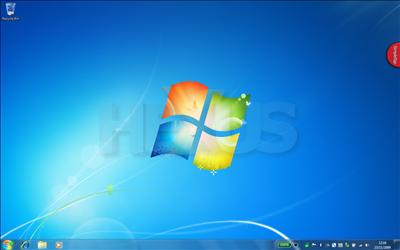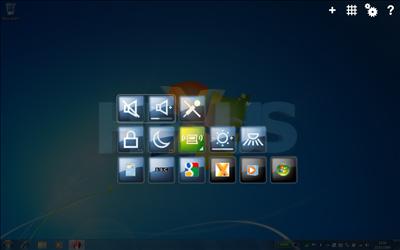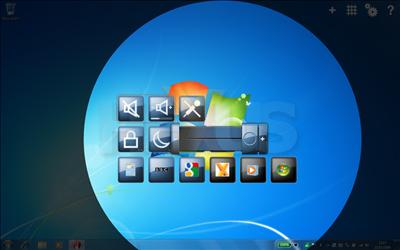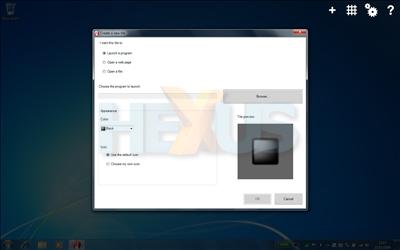Multi-touch goodness?
The Lenovo ThinkPad T400s is one of the first notebooks to feature a full multi-touch display - and it's an impressive one at that. The 14.1in capacitive touch screen makes use of N-trig's DuoSense digitiser to facilitate four-point multi-touch in Microsoft's Windows 7 operating system, and it's surprisingly smudge-resistant, too, so you needn't worry about leaving fingerprints behind.
Like the capacitive screens you may have experienced on today's mobile phones, the display on the T400s is highly responsive, requiring only slight taps and gentle strokes. With support for up to four fingers, there's the ability to use Windows 7's complete repertoire of multi-touch toys - including the ability to carry out simple tasks such as scroll, rotate and zoom in everyday applications such as web browsers.
Yet, despite Microsoft's best intentions, navigating Windows 7 at the touch of a finger isn't entirely intuitive - the Start Menu, in particular, can be tricky. Hoping to aid the user, Lenovo has equipped the ThinkPad T400s with a custom application dubbed SimpleTap.
Accessed via a red button - which is docked to either side of the screen as shown above - SimpleTap provides one-touch access to a number of commonly-used functions or applications. Give it a tap, and you're presented with an overlaying grid of shortcuts:
By default, the SimpleTap's grid of shortcuts provide one-touch access to common features such as mute, lock, sleep and brightness adjustment. It's easy to use, and quite fun, too, as the icons can be dragged around the screen and made to clatter into one another - dispersing them in all directions. They return to their grid formation at the touch of a button.
Brightness adjustment appears as a single slider, it's intuitive to use and a useful substitute to the keyboard's Fn+Home combination.
Adding custom shortcuts to SimpleTap is equally simple, with the application allowing users to command shortcuts to launch a specified program, open a web page or open a file. We're accustomed to frowning on pre-installed, third-party software, but to Lenovo's credit, SimpleTap is an excellent addition and a useful starting point for multi-touch navigation.
Unfortunately, the usefulness of the ThinkPad T400s' impressive capacitive screen doesn't extend past basic navigation. It's a great toy, and lots of fun to play with, but after hours of use it becomes a chore, as the user realises that it's quicker to carry out tasks via other input methods. Typing on Windows 7's on-screen keyboard isn't as quick as the notebook's physical keyboard. Pointing using touch isn't as accurate as the trackpad or the TrackPoint nub. Even multi-touch gestures, which are useful for zooming or rotating, can be carried out on the notebook's multi-touch-enabled trackpad.
At present, the excellent multi-touch screen has very little purpose as far as real-world usage is concerned. Microsoft's Windows 7 Touch Pack - bundled on the Lenovo system - is an impressive technology showcase, but once the initial excitement has passed, it offers little in terms productivity. Until applications tailored for multi-touch use become readily available, it's an input method that remains second best compared to the keyboard and trackpad.
What's really missing here, we reckon, is tablet functionality. Throughout our time with the ThinkPad T400s, we've been itching for the ability to rotate the screen for use in tablet format. Doing so would be more intuitive, as reaching over the keyboard and trackpad - both of which are excellent - to carry out simple tasks feels counter-productive. Furthermore, the T400s is sorely lacking a key tablet accessory; the stylus. Despite the accuracy of Lenovo's screen, touch input with a finger can be hit or miss and isn't anywhere near as accurate as pen-based input. Likewise, Windows 7's surprisingly good handwriting recognition is near-impossible to utilise with finger input - it demands a stylus, and we wish the T400s had one.
A swivelling screen and a bundled stylus could truly transform the T400s into a multi-touch gem. As it stands, it's a system with a multi-touch display that sadly lacks real purpose.













